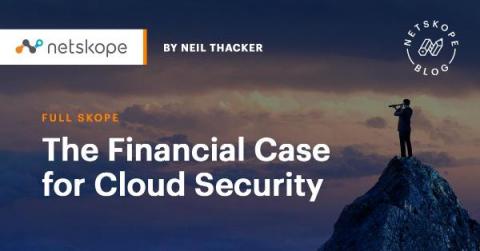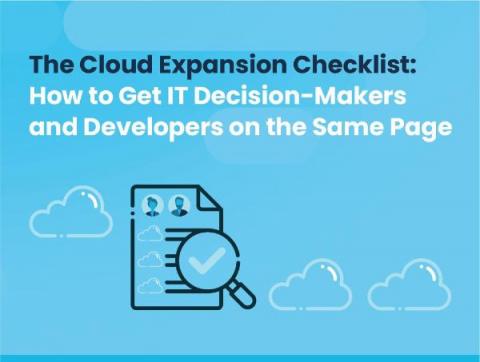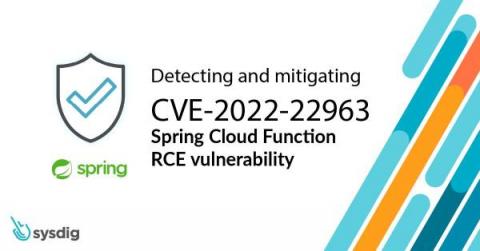World Backup Day: Simplicity and Patience is Key
A few months ago, a popular cybersecurity news organization posted an urgent notice on social media seeking help to recover their data after their blog was deleted. They announced that they had no backups and they were desperately trying to contact the site administrator to restore their blog collection. This was as maddening as it was embarrassing for the same reasons.











